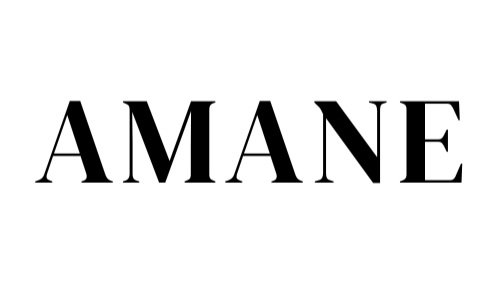Fashion with Purpose: Why Choose Ethical and Sustainable Clothing?
In a world where over 100 billion garments are produced each year, building an ethical and sustainable wardrobe has become a profoundly intentional act. Today, the fashion industry is one of the most polluting sectors globally. According to the latest data from the Ellen MacArthur Foundation and the World Bank, the fashion industry accounts for up to 10% of global greenhouse gas emissions, consumes 93 billion cubic meters of water annually, and releases the equivalent of 50 billion plastic bottles in microfibers into the oceans each year. For example, producing a single pair of jeans requires more than 3,700 liters of water, while a basic t-shirt can require anywhere between 700 and 2,000 liters. These figures, updated in 2024 by reports from the United Nations Environment Programme (UNEP), make one thing clear: the way we dress carries a significant weight on the planet.
But beyond environmental concerns, choosing responsible fashion is also a commitment to human dignity.
Today, more than 94 million people work in the textile industry, often in unsafe, unethical conditions: low wages, lack of social protection, child labor, and even forced labor. Investigations by Human Rights Watch and the Clean Clothes Campaign (2023-2024) show that many major brands still turn a blind eye to these realities.
On the other hand, certifications like Fair Trade, GOTS, and WFTO ensure transparent sourcing and fair working conditions. Supporting ethical designers and local production channels means contributing to economic empowerment, preserving artisanal craftsmanship, and protecting cultural traditions that are increasingly threatened by mass production.
And then, there’s the personal side. Dressing differently also means dressing better for yourself.
A responsible wardrobe focuses on quality over quantity. Well-made garments, crafted from natural or recycled materials, last longer, age beautifully, and offer real comfort. In 2025, with the proliferation of harmful synthetic substances (such as PFAS, recently banned in New York and California), choosing healthy, sustainable fabrics is also a choice for your own well-being.
It’s a way to reconnect with a more authentic, personal approach to fashion. Wearing a handcrafted piece tells a story, expresses an identity, and resists the uniformity imposed by fleeting trends.
The major trends of 2025 confirm it: ethical fashion is no longer on the margins.
According to Research and Markets, the global sustainable fashion market is expected to reach $8.6 billion in 2025, with an annual growth rate of 6.5%. New initiatives are booming: clothing rental, second-hand platforms, repair and natural dye workshops, low-carbon textile innovations, blockchain for traceability… Even the luxury sector is moving in this direction, as seen in Bottega Veneta’s “Craft is Our Language” campaign, which proudly elevates craftsmanship as a mark of true prestige.
Additionally, new European and American regulations now require greater transparency and responsibility throughout the supply chain.
Adopting ethical and sustainable fashion is not about restriction, it’s about reconnection.
To the planet. To others. To yourself.
And in 2025, it’s no longer just an aesthetic choice. It’s an act of joyful resistance and powerful coherence.

